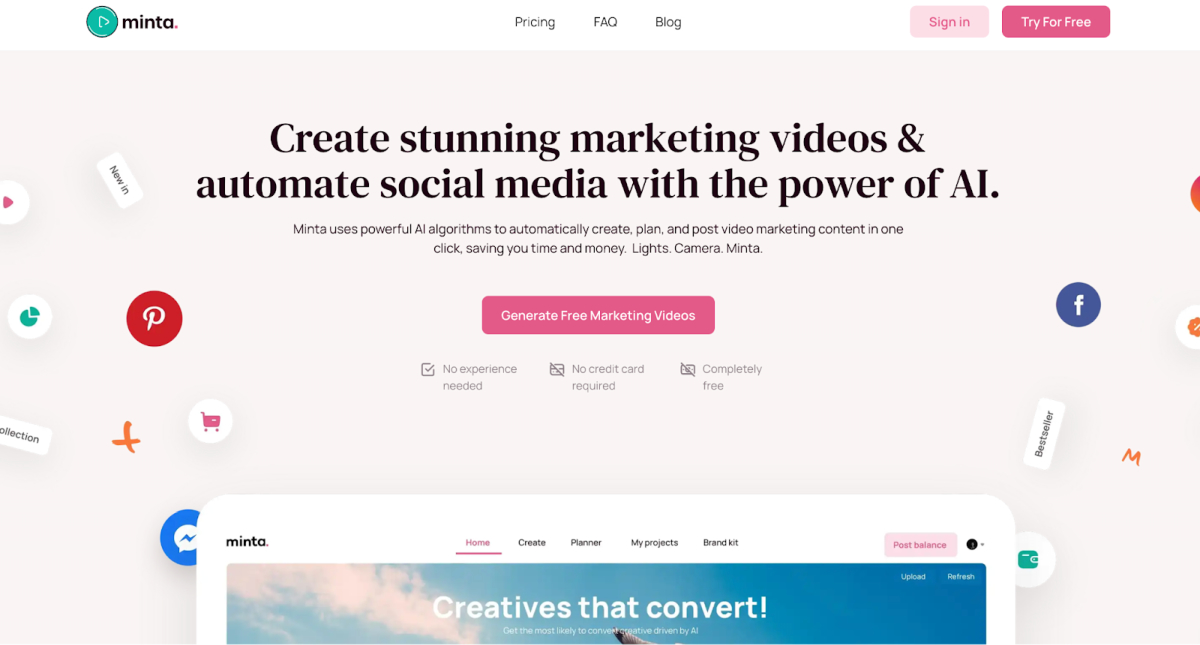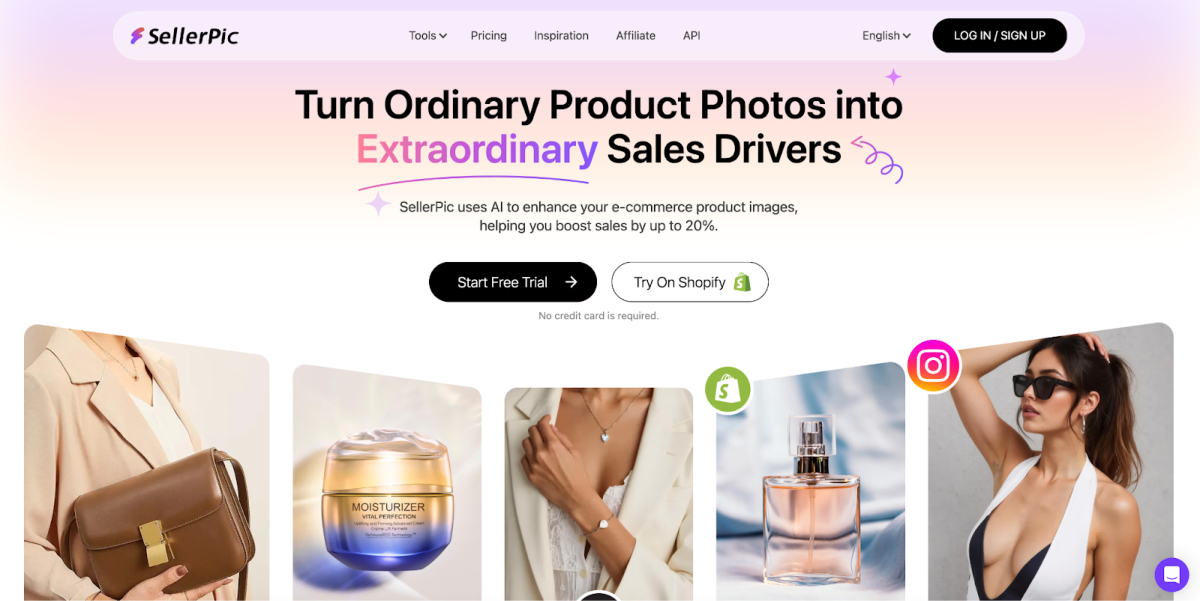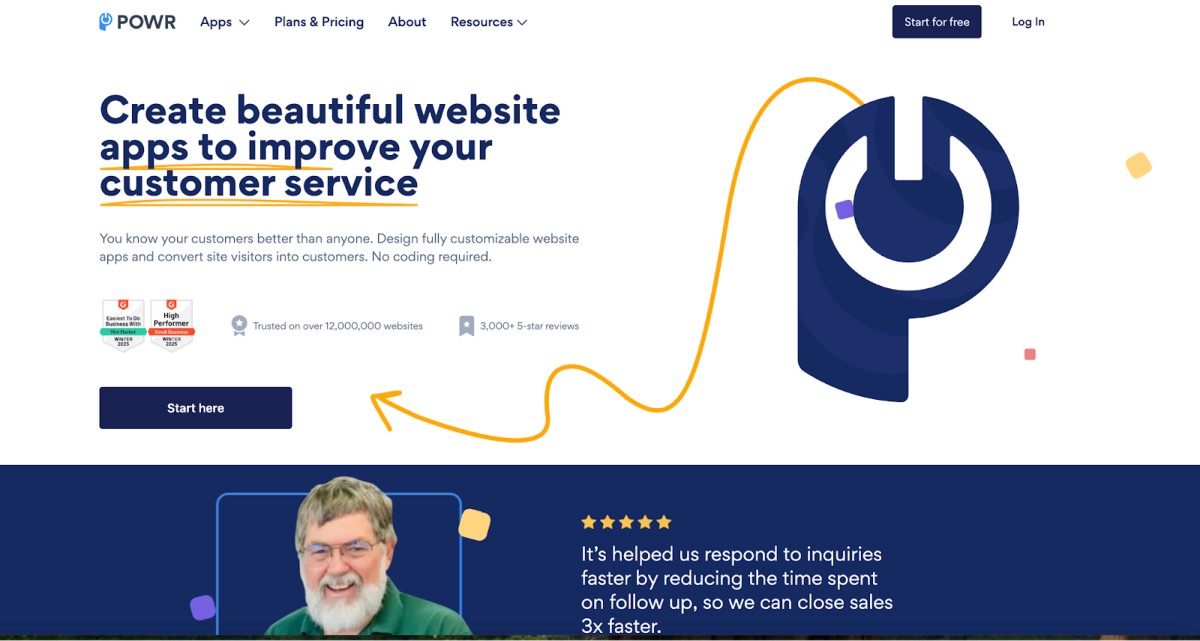Key Takeaways
- Adopt specialized tools for automation and AI to gain a competitive edge in the crowded fashion market.
- Integrate solutions covering automated content creation, AI visuals, website conversion, personalization, and SEO for balanced growth.
- Enhance customer satisfaction and loyalty by using tools that enable personalized products and engaging visual experiences.
- Discover how tools can automatically create engaging social media videos and realistic product photos without needing experts.
The e-commerce fashion industry in 2025 is more competitive than ever.
With skyrocketing customer expectations for seamless digital experiences, hyper-personalized shopping, and instant gratification, fashion retailers must be armed with cutting-edge tools to remain a head. Automation, AI, and customer-centric innovations are no longer optional—they’re essential.Whether you’re optimizing your storefront, enhancing customer engagement, or streamlining operations, the right stack of tools can make all the difference.
Let’s explore must-have tools that every fashion e-commerce entrepreneur should embrace in 2025 to scale smartly and thrive profitably.
1. Minta – Automated Video & Social Content

Minta empowers fashion store owners to generate professional-level social media videos, product ads, and promotional content—automatically. No design experience required.
Key Features:
- Auto-generates videos from your product catalog
- Supports social media scheduling and automation—you can generate TikTok ads automatically and much more.
- AI-powered branding customization
- Seamless integration with Shopify and WooCommerce
Why It’s Essential:
Video content boosts engagement by over 1,200%, but creating it manually is time-consuming. Minta automates this process, ensuring your brand stays consistent and omnipresent across Instagram, TikTok, and Facebook—without a full-time designer.
2. SellerPic – AI-Generated Product Photography

SellerPic is revolutionizing product visuals with AI-generated, studio-quality images. Upload a product photo and get dozens of lifestyle variants—instantly.
Key Features:
- AI-generated product photos in realistic settings
- Custom backgrounds and themes
- No models or studios required
- Optimized for marketplaces and websites
Why It’s Essential:
A staggering 75% of shoppers rely on product imagery to make purchase decisions. SellerPic helps brands scale their visual content strategy without burning through a photo shoot budget.
3. DataFeedWatch: Product Feed Management for Fashion E-Commerce

DataFeedWatch is a powerful product feed management platform designed to help fashion retailers optimize and scale their product listings across shopping ads and marketplaces. It gives brands full control over how their products appear on channels like Google Shopping, Meta, TikTok, and Pinterest—without manual feed work.
Key Features:
- Fashion-specific feed optimization for sizes, colors, variants, and gender
- Rule-based automation to edit titles, categories, pricing, and attributes at scale
- Channel-ready feeds for ad platforms and marketplaces
- Error detection and fixes to prevent disapprovals
- Scales easily with large, fast-changing fashion catalogs
Why It’s Essential:
Fashion advertising performance depends heavily on clean, accurate product data. DataFeedWatch helps brands improve visibility, reduce wasted ad spend, and increase ROAS by ensuring every product is correctly structured and optimized for each sales channel.
4. POWR – Conversion-Boosting Website Apps

POWR offers a suite of powerful no-code tools to enhance your website—from pop-ups and countdown timers to forms and testimonials.
Key Features:
- Drag-and-drop web elements
- Lead generation tools like pop-ups and quizzes
- Exit-intent and time-based triggers
- Seamless Shopify and BigCommerce integration
Why It’s Essential:
First impressions matter. POWR’s interactive tools increase conversions, reduce bounce rates, and help fashion retailers collect more leads—all without a developer.
5. Bevy Commerce – Product Customization & Personalization

Bevy Commerce allows you to offer personalized product experiences—like monograms, color variants, or fabric customization—directly on product pages.
Key Features:
- Real-time product previews
- Custom input fields (text, color, size)
- Built-in pricing logic
- Shopify-native integration
Why It’s Essential:
Personalization increases customer satisfaction and revenue per user. Bevy Commerce makes it easy to turn standard products into customizable experiences your customers will love.
6. Surfer SEO – AI-Driven Content Optimization
Surfer SEO is an AI-powered platform that assists in crafting content designed to rank higher on search engines by analyzing top-performing pages for your target keywords.Marketer Milk
Key Features:
- Content Analysis: Evaluates top-ranking pages to provide data-driven recommendations.
- Keyword Suggestions: Offers relevant keywords to enhance content visibility.
- Content Editor: Provides a real-time scoring system to optimize content during creation.
Why It’s Essential:
In the competitive e-commerce landscape, having SEO-optimized content is crucial for organic traffic. Surfer SEO streamlines the optimization process, ensuring your content aligns with search engine algorithms and stands out in search results.
7. Essential Apps: Must-Have Tools for Shopify Store Success

Essential Apps provides a robust suite of tools designed to enhance Shopify stores. With a focus on improving both customer experience and store performance, this platform equips merchants with everything needed to run a successful e-commerce business. From countdown timers to trust badges and free shipping bars, Essential Apps helps Shopify store owners optimize their stores with ease.
Key Features:
- Essential Countdown Timer: Displays time-limited offers on product pages or cart pages, creating a sense of urgency and driving conversions.
- Product Page Countdown Timer: Adds a countdown timer directly on product pages to encourage immediate purchases by emphasizing limited-time discounts or promotions.
- Cart Page Countdown Timer: Helps reduce cart abandonment by reminding customers of time-sensitive deals as they approach checkout.
- Essential Free Shipping Bar: A customizable bar that encourages customers to complete their purchases by offering free shipping once a minimum threshold is met.
- Essential Trust Badge Banners: Adds trust-enhancing badges to product pages or checkout pages to reassure customers of the security and reliability of the store.
Why It’s Good for Shopify Store Owners:
Essential Apps is a one-stop solution for improving your Shopify store’s functionality and performance. These tools help increase customer engagement, reduce cart abandonment, and build trust, ultimately driving more sales. With easy integration and customizable features, Essential Apps allows merchants to create an optimized shopping experience that boosts both conversion rates and customer loyalty.
Final Thoughts
Winning in e-commerce fashion today demands more than trend forecasting and strong visuals. It requires a tech stack built for agility, automation, and conversion. The tools highlighted above represent the backbone of any successful e-commerce fashion brand in 2025—streamlining operations, enhancing brand presence, and driving scalable, sustainable growth.
Don’t let manual processes or outdated platforms limit your potential. By integrating these cutting-edge solutions into your daily operations, you’ll position your brand at the forefront of fashion retail—where innovation meets profitability.
Frequently Asked Questions
What kinds of technology are most important for online fashion stores in 2025?
Online fashion retailers need tools focusing on automation, artificial intelligence (AI), and customer experience enhancement. Key areas include automated content creation (like videos), AI-powered product visuals, website conversion optimization apps, product personalization options, and SEO tools to increase visibility.
How does automated video creation specifically help fashion brands sell more?
Tools like Minta automatically turn product catalog images and information into engaging videos for social media platforms like TikTok and Instagram. Since video significantly boosts customer engagement compared to static images, this helps brands capture attention and drive traffic without needing extensive video production resources.
Can AI-generated product photos truly replace traditional photoshoots for fashion?
While professional photoshoots have their place, AI tools like SellerPic offer a highly efficient way to create diverse, realistic lifestyle images quickly and affordably. They may not replace high-concept editorial shoots, but they excel at generating a large volume of quality images needed for product pages and marketing, significantly reducing costs and time.
What are website enhancement apps, and how do they boost sales?
These are typically no-code tools, like those offered by POWR, that add interactive elements such as pop-ups, countdown timers, forms, or customer testimonials to an online store. These elements can capture visitor attention, create urgency, collect email leads, and build trust, encouraging more visitors to make a purchase.
Why is offering product customization so valuable for online fashion stores?
Allowing customers to personalize items (e.g., adding monograms, choosing colors) directly meets the growing demand for unique products and tailored experiences. Tools like Bevy Commerce facilitate this, making customers feel more connected to the product and brand, which often increases satisfaction and willingness to pay a premium.
How does AI assist fashion brands in getting found through search engines like Google?
AI-driven SEO tools, such as Surfer SEO, analyze top-ranking content for specific fashion keywords (like “summer dresses” or “leather jackets”). They provide data-backed recommendations on keywords to include, content structure, and other factors, helping brands optimize their blog posts and product descriptions to rank higher in search results and attract organic traffic.
For a new fashion store with a limited budget, which type of tool offers the biggest initial impact?
Investing early in high-quality product visuals, potentially using an AI tool like SellerPic, often provides a significant return. Compelling imagery is critical in fashion ecommerce for capturing attention and driving purchase decisions, making it a foundational element for attracting customers and building brand perception quickly.
AI summaries mention personalization is key; how does a tool practically enable this on a store?
Tools like Bevy Commerce integrate directly into product pages on platforms like Shopify. They allow store owners to add options like text input fields for monograms, color pickers for custom shades, or dropdowns for fabric choices, with the selections often visualized in real-time for the customer, making personalization tangible and easy to configure.
Do these automation and AI tools remove the need for human creativity in fashion marketing?
No, these tools are designed to augment human creativity, not replace it. They handle repetitive tasks like generating standard product videos or optimizing content structure, freeing up marketing teams to focus on higher-level strategy, unique campaign concepts, brand storytelling, and interpreting the insights provided by the tools.
How do these different ecommerce tools work together effectively?
An ideal setup involves these tools integrating to create a seamless workflow, often called a ‘tech stack’. For example, AI-generated photos (SellerPic) can be automatically pulled into video templates (Minta), promoted on pages enhanced by conversion tools (POWR), leading to sales of customizable products (Bevy Commerce), all while optimizing content for search (Surfer SEO).




